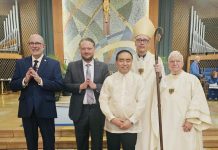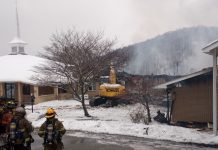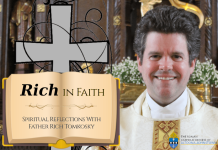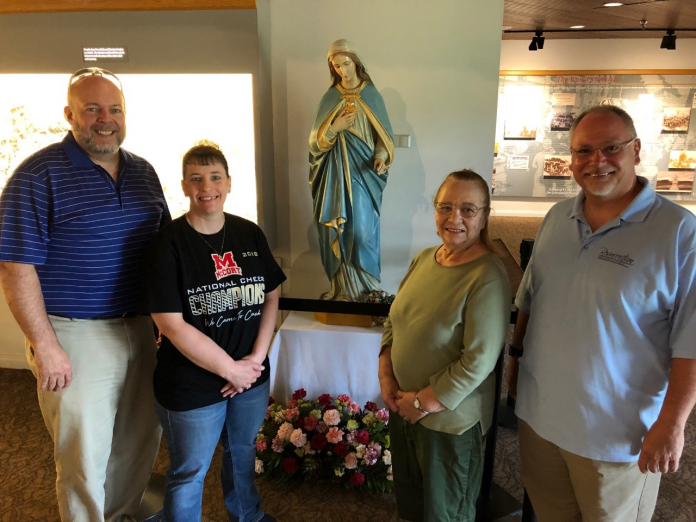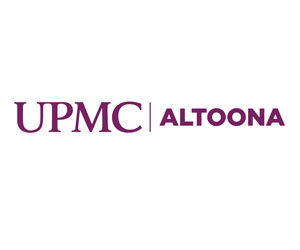By Tony DeGol
Proclaim!
The Blessed Mother is a shining example of faith and perseverance even in the darkest hours.
As the community recalled the catastrophic 1889 Johnstown flood, Mary once again played a prominent role.
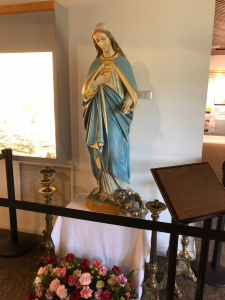 The statue of Mary (Immaculate Conception) that belongs to Resurrection Parish in Johnstown was present at the Johnstown Flood National Memorial in South Fork on May 31. Observances were held there throughout the day marking the 130th anniversary of the tragedy.
The statue of Mary (Immaculate Conception) that belongs to Resurrection Parish in Johnstown was present at the Johnstown Flood National Memorial in South Fork on May 31. Observances were held there throughout the day marking the 130th anniversary of the tragedy.
Since the history of the statue is so integral to the story surrounding the flood and its aftermath, the pastor of Resurrection, Father George Gulash, thought it would be appropriate for this field trip, of sorts.
The 1889 flood devastated the city of Johnstown and surrounding communities. It claimed more than 2,200 lives and wiped out homes, businesses, and infrastructure.
Churches, of course, were also destroyed, including Immaculate Conception Parish in the Cambria City section of Johnstown.
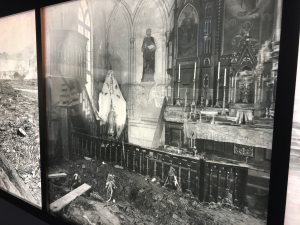 “The water level rose 15 feet inside the original church,” Father Gulash relayed.
“The water level rose 15 feet inside the original church,” Father Gulash relayed.
The miracle that is claimed, he continued, is that the statue remained in its place, and when the building was eventually accessed, it was determined that the water level along the walls was much higher than the statue, but the water level around the statue was only as high as about the lower quarter of the statue.
“I often use her as an example of survival,” insisted Father Gulash. “In spite of difficulty, in times of trouble as Mary had faith and trust in the Spirit that she received, the same can be true for us.”
The Resurrection faith community received the statue as a result of the merging of Immaculate Conception and four other Cambria City parishes into Resurrection in 2009.
It is always housed at a side altar at Resurrection, explained Father Gulash, and the parish uses it for May Crowning.
“We look to her as an example that even through the time of great difficulty in the merger of the parish ten years ago, as the statue survived the flood waters, so the people of God survive this and much worse throughout our history,” he continued.
“It’s a token of resilience,” maintained Resurrection parishioner Rick Pavic. “If you come to a Mass at Resurrection, at the end of Mass, there’s always a stream of people around her. It really is a huge symbol.”
Parishioner Barbara Dryzal pointed out that many current members of Resurrection had relatives impacted by the 1889 flood. The statue was part of their lives at that time and continues to be part of the parish family today.
“It is a wonderful representation that God takes care of us in all ways,” she commented.
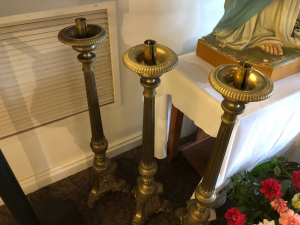 Candlesticks on the high altar of the original Immaculate Conception church also survived the flood. They, too, were present with the statue at the anniversary observance.
Candlesticks on the high altar of the original Immaculate Conception church also survived the flood. They, too, were present with the statue at the anniversary observance.
“The statue didn’t just survive the 1889 flood, it also survived the 1936 flood, the 1977 flood, and a fire that destroyed one of the churches of Immaculate Conception Parish, so her story of survival is also the story of Johnstown,” reminded Father Gulash. “The people pulled together. They rebuilt. There’s a loyalty and a dedication, and the people of Johnstown have always shown that.”
[Top photo: Resurrection parishioners (left to right) Rick Pavic, Diana Veney and Barbara Dryzal and Father George Gulash pose with the statue at the Johnstown Flood National Memorial.]
[Third photo: An old image shows the damage to the former Immaculate Conception Parish in the Cambria City section of Johnstown shortly after the 1889 flood.]




